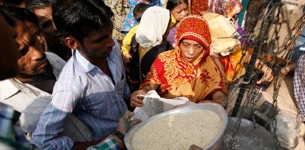A new study shows that 1 in 2 children and 2 in 3 women worldwide affected by micronutrient deficiencies. The
Other content with the tag "Food fortification".

The Commercialisation of Biofortified Crops Team in India is developing monthly newsletters to create awareness on the developmen

Tackling micronutrient deficiencies in low- income/resource countries has been challenging.
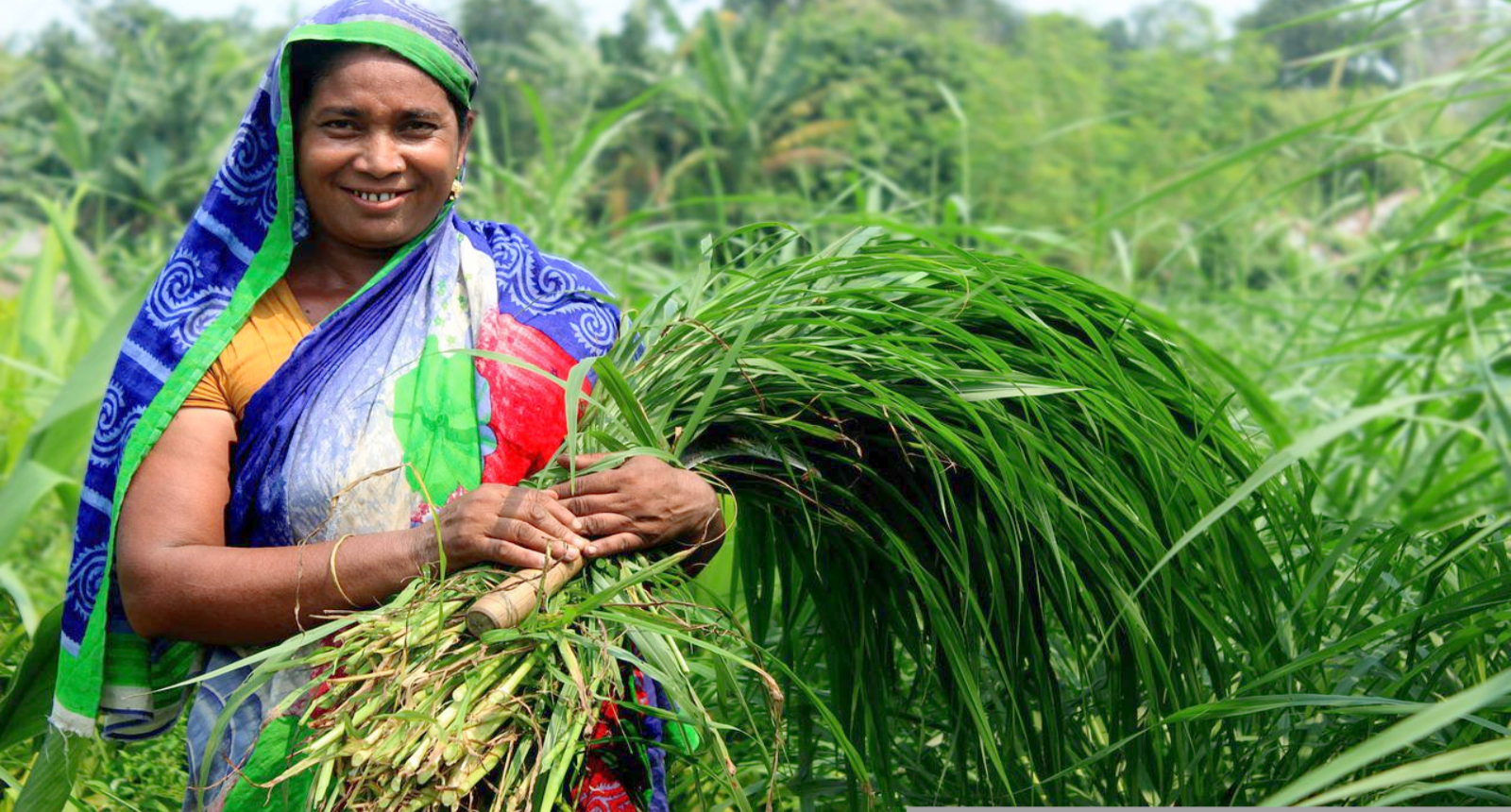
The Commercialisation of Biofortified Crops Team in India is developing monthly newsletters to create awareness on the developmen

The Commercialisation of Biofortified Crops Team in India is developing monthly newsletters to create awareness on the developmen

This study was in rural Bangladesh tested the cost effectiveness of a home micronutrient powder food fortification programme for children under the
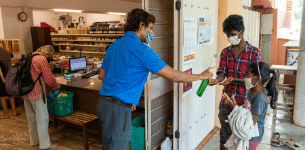
This document sets out the results of an assessment by ATNI of 39 of the world’s major food manufacturers, which have been includ

In a call for action endorsed by Food Fortification Initiative, Global Alliance for Improved Nutrition, Helen Keller International, Iodine Global N

The impact of public private partnerships in food fortification are often restricted by economic, social, technical, and regulatory cha

This is a collaborative report by international development agencies looking at the human and economic costs of vitamin and mineral def

An excellent peer review paper looking at success factors for food fortification programmes in three Latin American countries:

In Asia, there has been a slight trend in consumers purchasing more nutrient dense foods during COVID-19.

In 2018, the Scaling Up Nutrition Movement launched a pitch competition to showcase investment opportunities for small and medium enter

In 2019, GAIN commissioned Philanthropy Advisors (PA), a consulting firm specialised in the evaluation of devel

These manuals have been prepared for those interested in producing and supplying complementary foods.

In this research paper, the authors build on nutrition sensitive value chain frameworks and then present an implementation case study that seeks to

The Sustainable Food Platform is part of P4G - Partnering for Green
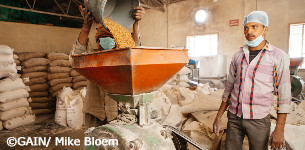
This paper covers the factors relating to public and private sector commitment to food fortification and crop b

The 44th edition of the UNSCN Nutrition - Food environments: Where people meet the food system - looks at how food environments influence

In 2018, FReSH hosted Science to Solutions Dialogues (SSD) between
In this supplement issue of Maternal & Child Nutrition, Helen Keller International (HKI) authors have writte
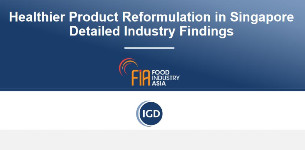
IGD and FIA conducted this study to explore the consumer attitudes towards healthier product reformulation, the progress within the industry and th
Sight and Life, DSM, and John Hopkin’s Bloomberg School of Public Health have come together to publish lessons from a four decade partnership.
Partnership between Unilever, DSM, Gain, Mondelez, U.N.
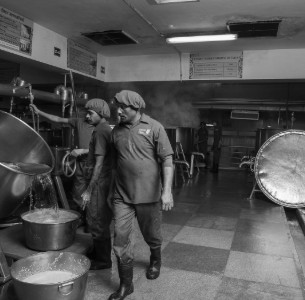
Chapter 6 of this report from PATH and MQSUN+ focuses on the role that businesses play in
Food Fortification in a Globalised World is based on 50 years’ experience across public and private sectors.
For anyone interested in the cost-benefit of food fortification as a public health intervention.
Address by Nigeria’s Scaling Up Nutrition Focal point at Nigeria’s Future Fortified event in 2016.
This short video shows the successes of public private collaboration in South Africa.
This article has a useful summary of challenges along the food value chain that prevent compliance with national standards.
Nearly half of India’s population suffer from micronutrient deficiency.
A one-page overview of the evidence showing the impact of food fortification programmes, as of 2016.

This is the full report from the 2015 Future Fortified Global Summit on Food Fortification - the first ever Global Summit dedicated to large scale
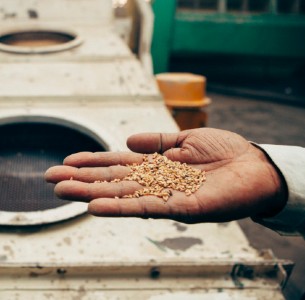
The Global Fortification Data Exchange (GFDx) is an online analysis and visualisation tool that aims to help policy makers and experts understand d

Base of the pyramid typically refers to the largest and poorest socio-economic grouping, and it is estimated that people in this ‘category’ spend u
This report summarizes the findings of a workshop for representatives of the Tanzanian government, development partners, civil society, and private
This is a detailed overview of why people did not take up fortified complementary foods in Ghana, Cote d'Ivoire, India, Bangladesh, and Vietnam.
This global mapping has two main sections: An analysis of the overall global status and results of large-scale food fortification and biofortificat
This short report gives an overview of rice fortification literature indexed in PubMed, including examples of successful public private engagement
This document responds to challenges in public private engagement and looks at ways to improve regulation and monitoring.
The article discusses the role of the food industry in preventing iodine deficiency.
The US Food and Drug Administration (FDA) regulates the addition of iodine to infant formulas, the iodisation of salt, and the addition of salt and
This 376-page document is WHO’s guidance to countries looking to design and implement food fortification programmes.
The Micronutrient Forum is a convener of academics, policy makers, and program implementers.
This lively blog series by Future Fortified - an online platform to explore micronutrient deficiency, covers a range of topics relating to public p
This book examines food fortification in all its forms.
Micronutrient deficiencies remain a public health challenge globally, especially among developing countries.
In this peer-review paper, the authors provide options for eradicating micronutrient deficiencies.
In this synopsis - aimed at business leaders, governments and implementing agencies - IFPRI and Nourishing Millions provide recommendations on how
In 2015 the Nourishing Millions project reviewed literature and case studies to show the evolution of nutrition during the past 50 years.
The WHO database on anaemia includes data by country on prevalence of anaemia and mean haemoglobin concentrations.
The database includes 40 indicators of the status of 17 micronutrients or micronutrient-related conditions, covering both deficiency and excess.

This snapshot reports sets out the work of GAIN’s partners to employ food fortification as one way to improve
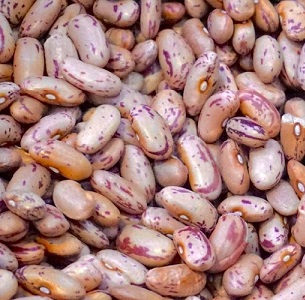
A concise account of lessons learned on salt and iron iodization by world renowned economists, as part of the costs benefit analysis on leading dev
Written by world renowned economists, this paper highlights the cost efficiency of select nutrition interventions and ranks fortification among the
The Strengthening African Processors of Fortified Food Initiative is forging new partnerships between business and government.

This paper looks at three pillars through which the private sector may directly or indir

The global food fortification ingredients market was valued at US$ 30.50 Bn in 2016, and is expected to reach US$ 100.84 Bn by 2025.
"An innovation evolution is needed to maximize the future impact of food fortification," says Dipika Matthias, Senior Program Manager at the Gates



